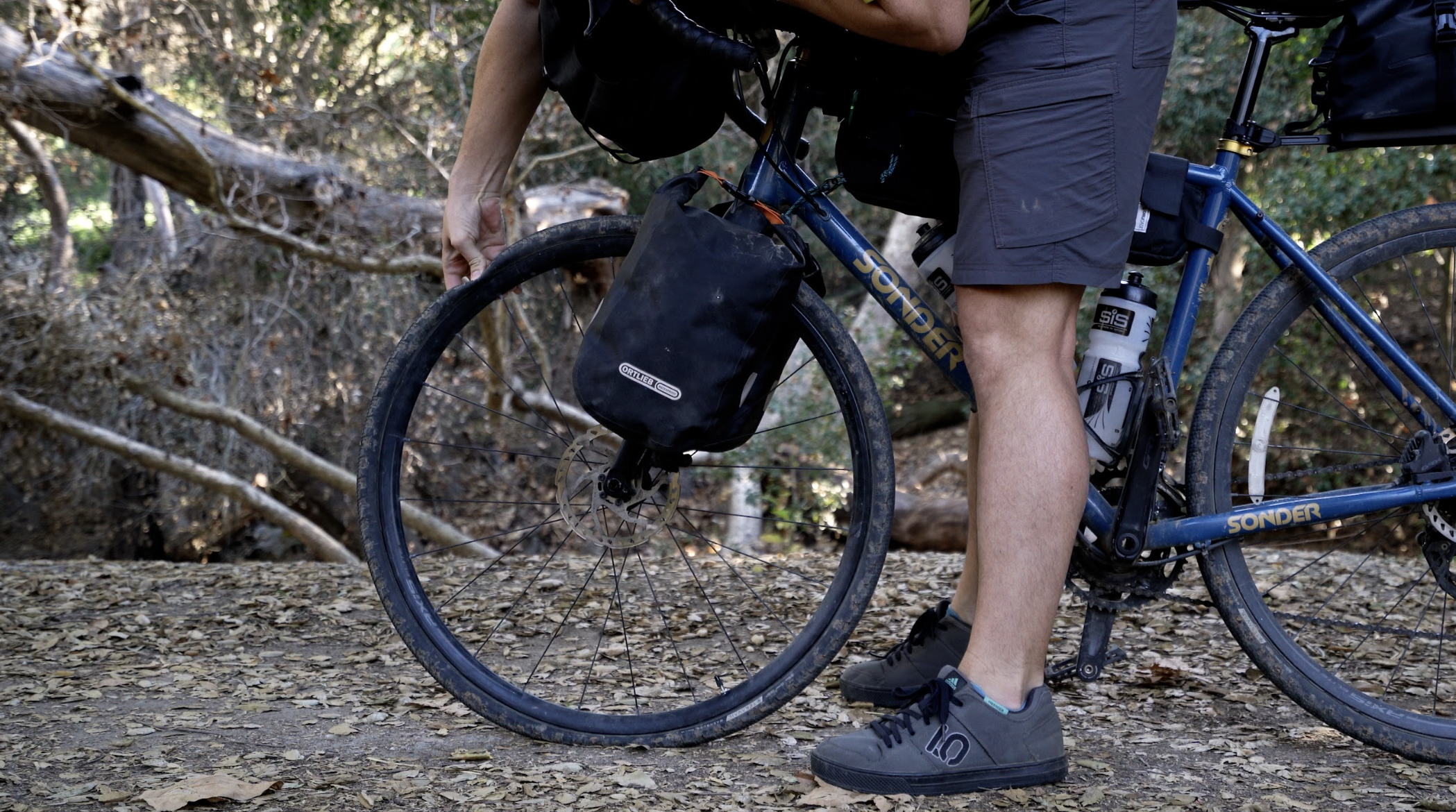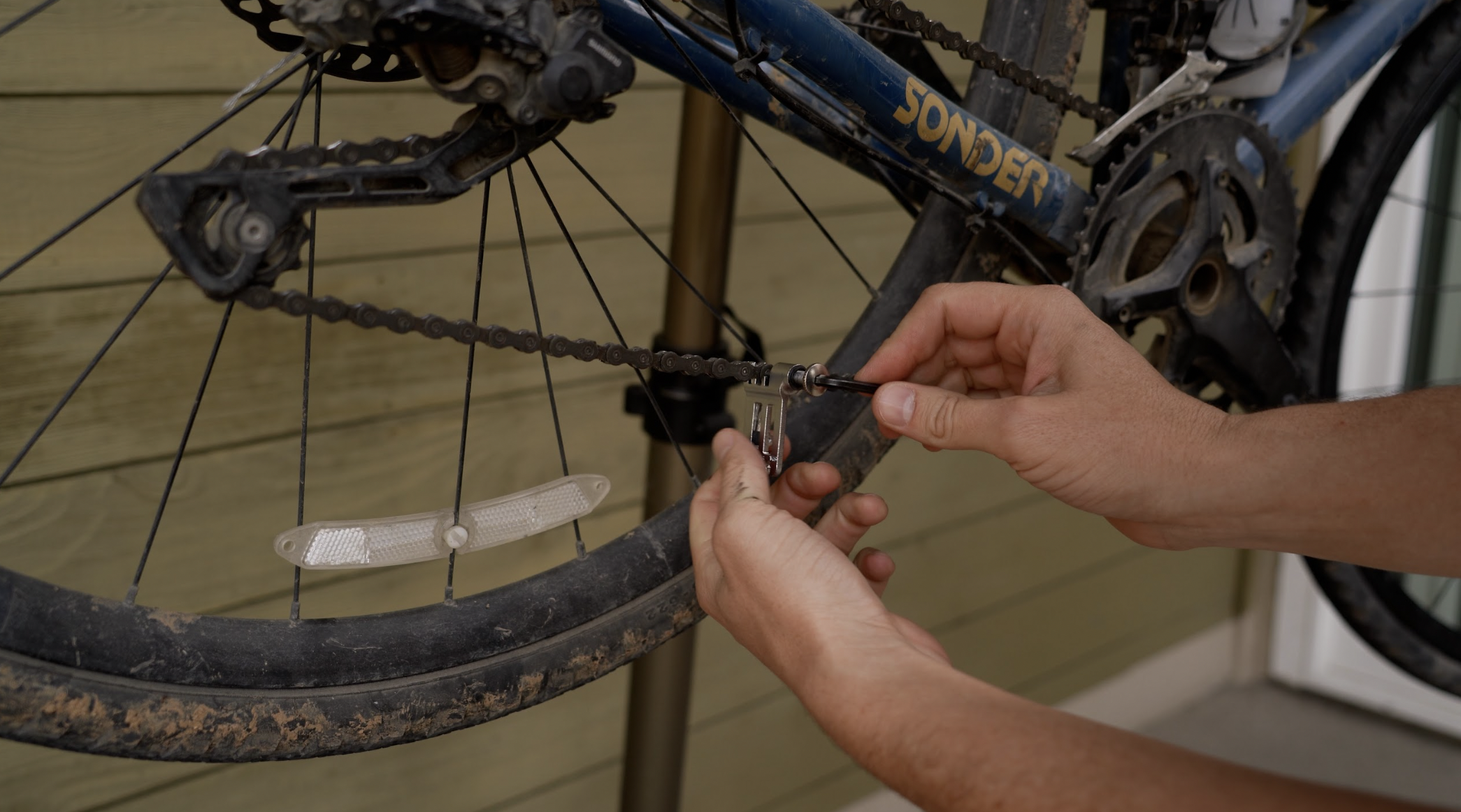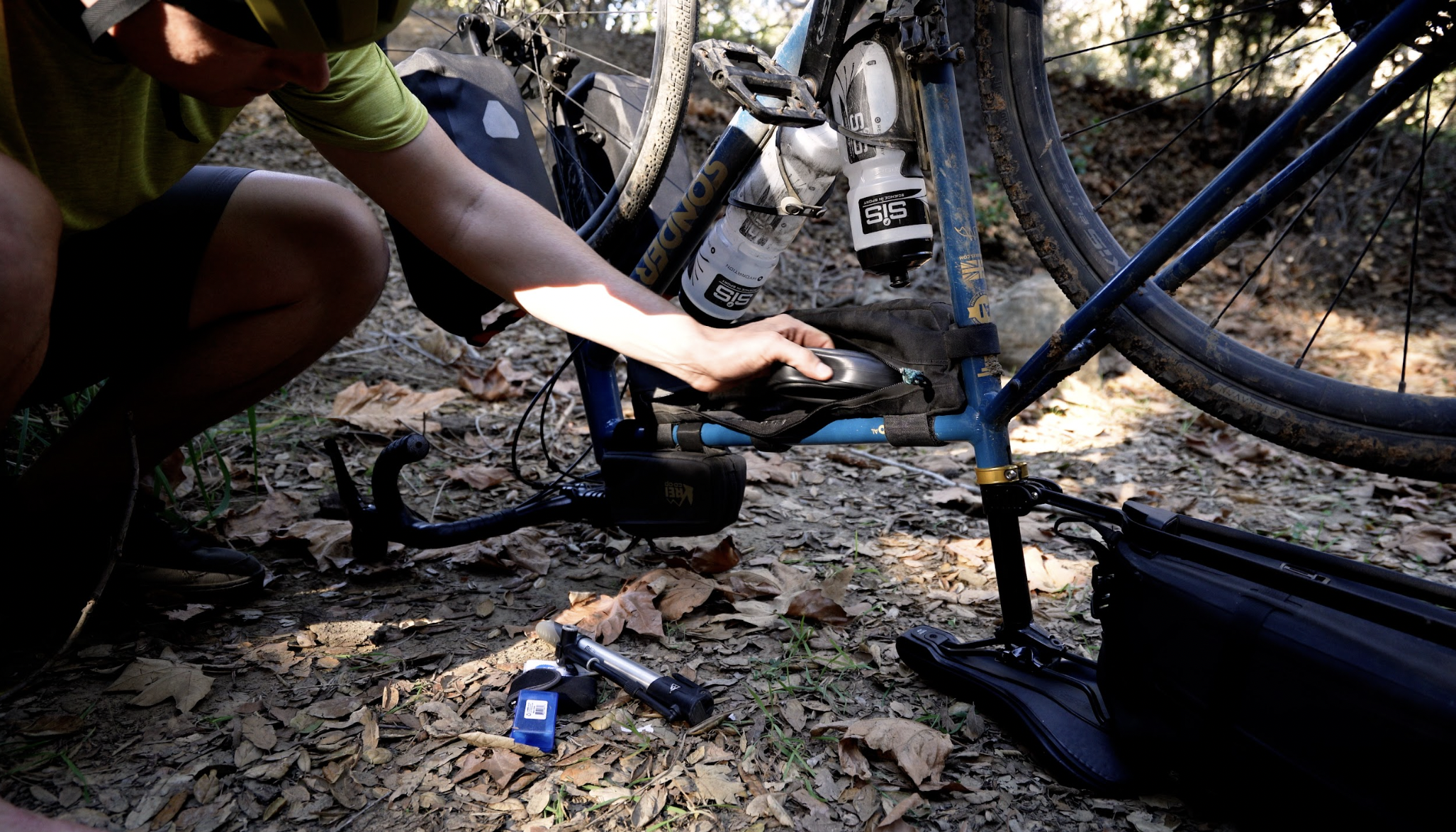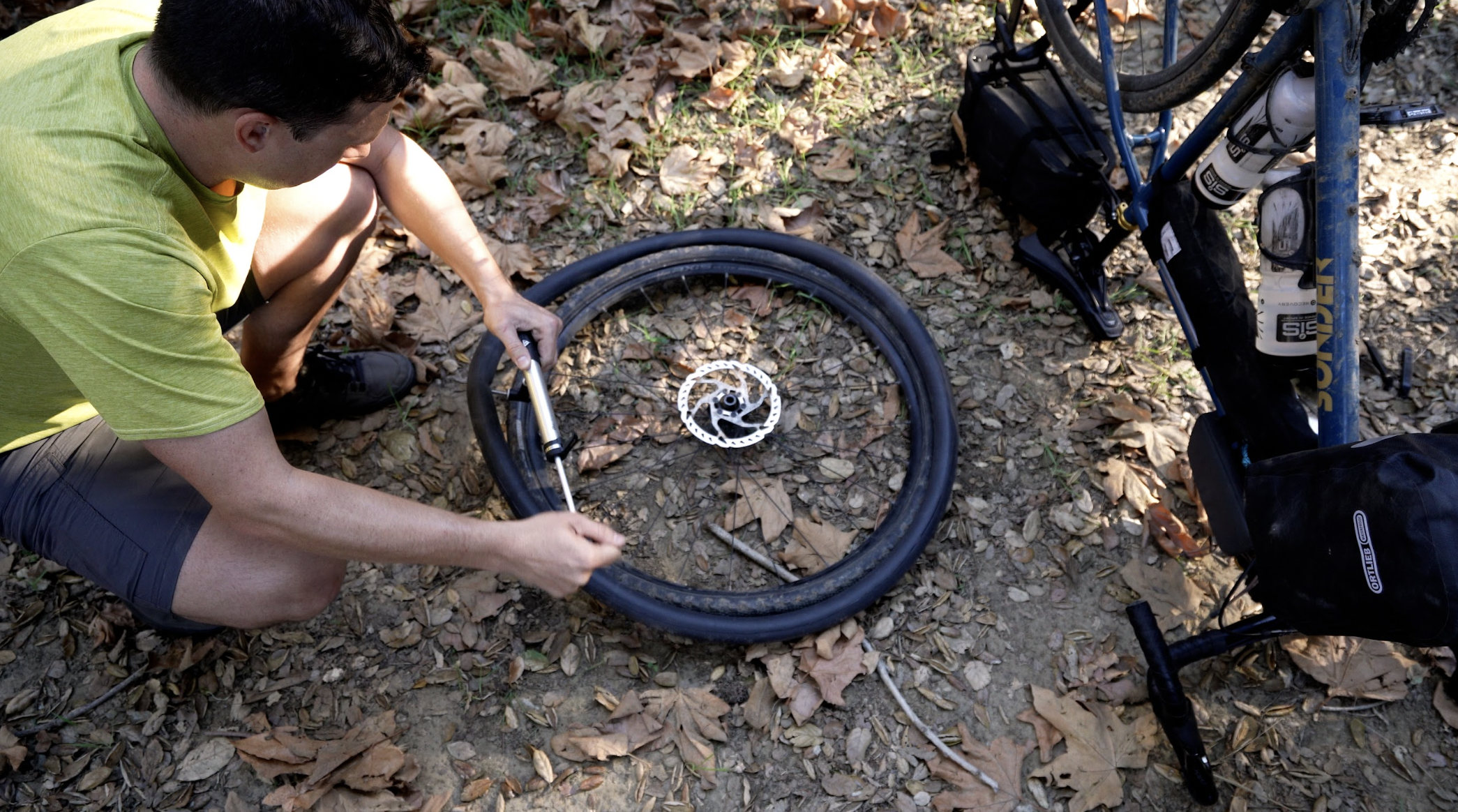Basic Bike Malfunctions (And How to Deal With Them)
Fifty miles from home and twenty to the nearest bike shop, my friend got a flat tire. This wouldn’t have been such a big deal except he was relying on me for help with mechanical malfunctions, and we were not riding together. It was the big downhill of the day, and I wanted to let gravity lead the way while he was a bit more responsible with his brakes.
Lucky for both of us, I was riding with my phone mounted to my handlebars so I saw his text message almost as soon as he sent it. After a 30-minute climb back up the mountain, I found him safe and off the road but with a very flat tire. We were able to get him riding again, but not without some roadside problem solving. The way his inner tube failed meant it couldn’t be patched, and while I did have a spare, it was for a Presta valve, and his tires use Schrader valves.

My friend told me that before I returned to help with the flat, he was worried the problem was much worse and he’d be stranded. He had already begun trying to figure out alternative ways home, which included waiting for me to ride all the way back then drive my car to pick him up. He also considered calling his roommate or another friend, but couldn’t think of anyone who might be available with a big enough car or bicycle rack.
Another time, I was on a camping / mountain biking trip with my partner. She was also relying on me to resolve any mechanical malfunctions, but this time I was the one who had a problem. Somehow my chain bounced off my easiest gear and landed between the rear cassette and the spokes. Even though I instantly realized what happened, I couldn’t stop pedaling in time to avoid it becoming wedged in the space.

We were five miles from camp, and if I couldn’t resolve the issue, I’d have to carry (or drag) my bicycle back because the rear wheel wouldn’t spin. This would have been a long walk with waning daylight, and after repeated attempts to pull the chain loose, I considered using my chain breaker to take the chain off and reattach it bypassing my derailleur. Then I realized I had packed in too much of a hurry and didn’t have a chain breaker with me. Luckily, I was able to devise a way to resolve the issue, but for a few minutes, I was worried that my partner’s first mountain biking experience would be a bad one.
I share these stories only to illustrate how quickly a bike ride can drastically change after a mechanical issue, many of which should only take a few minutes to resolve. Because of this, I consider being prepared for basic bike mechanicals an important part of planning for even a day ride or a short tour. Watch this video to learn more.
What Tools Should You Bring and What Skills Should You Have?

I try to always carry a multitool with a chain breaker, plus everything I need to fix a flat tire. This includes the multitool, a spare inner tube, an inner tube patch kit, tire levers, a tire boot, and a pump. Depending how long you’ll be gone and your distance from services and a shop, you may also consider bringing extra chain links, chain lubricant, mechanic’s gloves, zip ties, duct tape, a sewing kit, spare spokes, and much more. I’m getting ahead of myself though, because all the spare parts and tools to install them won’t do any good without knowing how to use them, and learning takes time and repetition.
If there were two things I’d recommend learning before embarking on a tour or long ride, it would be how to fix a flat tire and how to remove links on a chain and put it back together. The video accompanying this post goes into more detail, and includes links to additional resources.

Most other potential mechanical failures won’t leave you stranded, or they happen infrequently enough to learn as you progress in your skills. I recommend focusing on listening for odd noises or noticing extra resistance when pedaling, then trying to identify and resolve the issues. Even if you can’t resolve it yourself, your local bike shop will be able to help, and will at least tell you what went wrong and where the problem was. Ask questions and if possible, observe as they work on your bike and you’ll learn something for next time.
Being prepared for basic bike malfunctions is part of planning and preparing for a bike tour, just like packing layers, gear, and food. The important thing is being prepared for what you think will matter and having a plan for if you misjudge. For many of us, that’s all part of the fun of bike touring.

